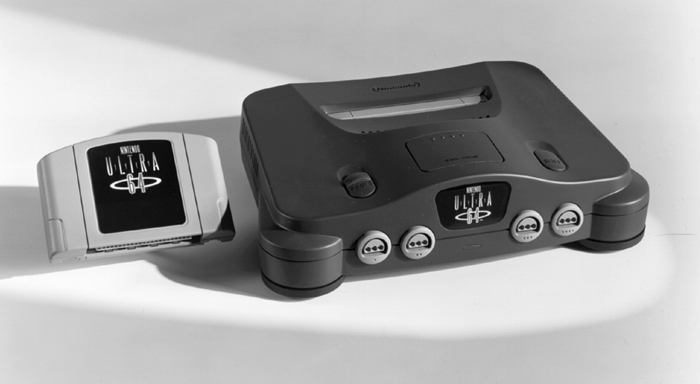For years, Nintendo 64 emulation has been pretty bad and lagging significantly behind Nintendo Gamecube/Wii emulation. At least 90 to 95% of the remaining problems are at the RDP level, the N64’s video subcomponent chip. By moving away from High-Level Emulation of the RDP, we could solve most of the remaining problems. The problem has been that for a long time, it seemed impossible to do this at playable speeds. Software rendering is too slow for a GPU from this timeframe, and older versions of OpenGL have too many crippling limitations in order to allow for a 1:1 reprogramming and port of Angrylion to GL.
At last, this dire situation will change in the upcoming days and we can finally release to the public something that will revolutionize N64 emulation forever so that we can move away from all of the hacky HLE video plugins that have been released in recent years.
The world’s first-ever low-level N64 video plugin implemented using the Vulkan API!
And not just any video plugin either. This is a reimplementation/port of Angrylion to Vulkan. This will be the first time most will be able to get anywhere close to playable speeds with an accuracy-based N64 video renderer.
This hardware renderer is unique for the following reasons:
- This is the first N64 emulator project ever so far to receive Vulkan support.
- This is the first time ever that an emulator takes advantage of asynchronous compute (exclusive only to DirectD12/Vulkan) for hardware rasterization of an emulated GPU.
- This is the first time ever that the Angrylion renderer has been ported to a graphics API. It is the first time an RDP LLE video renderer for N64 has been capable of running at fullspeed. It marks a shift away from decades of inaccurate high-level emulation of the N64’s RDP which made for buggy N64 emulation in general.



